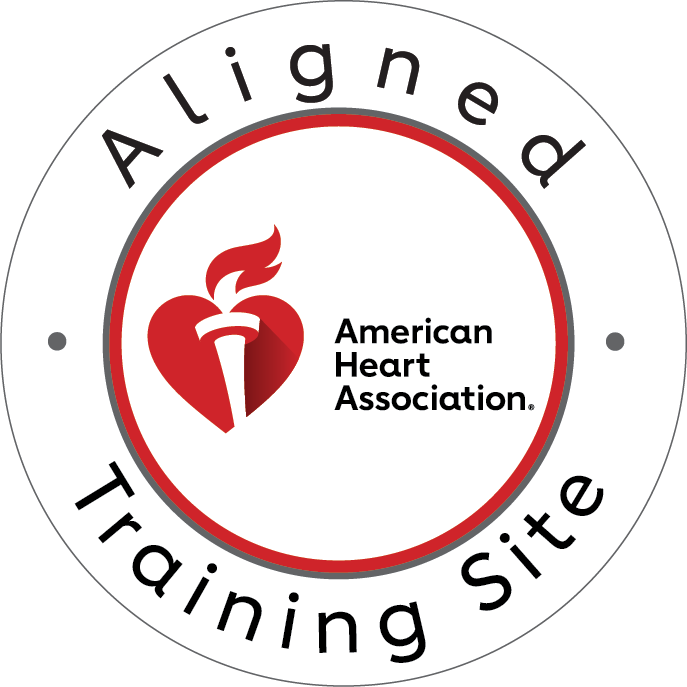Sudden cardiac arrest is a devastating medical emergency that can strike anyone, at any time. When this happens, immediate action is crucial to save a life. While traditional cardiopulmonary resuscitation (CPR) involving rescue breaths is the gold standard, hands-only CPR has emerged as a simpler and more accessible technique that can make a significant difference.
Mastering the art of hands-only CPR is an essential skill that can empower anyone to become a lifesaver. By focusing solely on delivering high-quality chest compressions, this method allows bystanders to provide effective CPR without the need for mouth-to-mouth rescue breaths. This article will guide you through the steps to achieve flawless hands-only CPR, equipping you with the knowledge and confidence to act decisively in an emergency.
Understanding Hands-Only CPR
Hands-only CPR, also known as compression-only CPR, is a lifesaving technique that involves performing continuous chest compressions without the addition of rescue breaths. This approach is particularly useful for bystanders who are not trained in conventional CPR or who may feel uncomfortable providing mouth-to-mouth resuscitation.
The primary purpose of hands-only CPR is to maintain blood flow to the brain and other vital organs until emergency medical services (EMS) arrive or an automated external defibrillator (AED) can be used. By focusing solely on high-quality chest compressions, this method helps to circulate oxygenated blood throughout the body, thus increasing the chances of survival for the individual experiencing cardiac arrest.
It’s important to note that while hands-only CPR is an effective alternative to traditional CPR, it does not entirely replace the need for conventional CPR training. Situations may arise where rescue breaths are necessary, such as in cases of drowning or respiratory arrest. However, for the average bystander, hands-only CPR is a critical skill that can make a significant difference in the outcome of a cardiac emergency.
Step-by-Step Guide to Hands-Only CPR
Now that we’ve established the importance and purpose of hands-only CPR, let’s dive into the step-by-step guide to performing this lifesaving technique with precision.
Recognizing a Cardiac Emergency
The first step in providing hands-only CPR is to recognize the signs of cardiac arrest. Look for an unresponsive victim who is not breathing normally. If the person is gasping, gurgling, or making no respiratory movements at all, it’s a clear indication that they are in cardiac arrest and require immediate intervention.
Calling for Help
As soon as you recognize a cardiac emergency, it’s crucial to call 911 or your local emergency number. If there are other bystanders present, instruct one of them to make the call while you begin chest compressions. If you are alone, quickly make the call yourself before starting CPR.
Positioning the Victim
Place the victim on a firm, flat surface, such as the ground or a sturdy table. Kneel beside the person, positioning yourself at their chest level. Make sure there is enough space around you to perform the compressions effectively.
Performing Chest Compressions
The key to effective hands-only CPR is the delivery of high-quality chest compressions. Follow these steps:
- Hand placement: Place the heel of one hand on the center of the victim’s chest, between the nipples. Place the heel of your other hand on top of the first hand, interlocking your fingers.
- Compression depth and rate: Push down on the chest at least 2 inches (5 centimeters) but not more than 2.4 inches (6 centimeters). Maintain a compression rate of 100 to 120 compressions per minute.
- Allowing for full chest recoil: After each compression, allow the chest to fully recoil, or return to its normal position, before starting the next compression. This ensures that the heart has enough time to refill with blood.
Continue these chest compressions without interruption until emergency medical services arrive or the victim starts to show signs of life, such as normal breathing, coughing, or movement.
Maintaining the Proper Technique
Delivering effective hands-only CPR requires practice and attention to detail. In the next section, we’ll explore some crucial tips to help you master the technique and become a confident lifesaver.
Tips for Mastering the Technique
Practicing Regularly
The key to performing hands-only CPR with confidence and precision is regular practice. Set aside time to practice the technique, either alone or with friends and family members. This will help ingrain the proper hand placement, compression depth, and rate into muscle memory, ensuring that you can respond quickly and effectively in an emergency.
Maintaining the Proper Compression Depth
Ensuring the correct compression depth is crucial for effective hands-only CPR. Push down on the victim’s chest at least 2 inches (5 centimeters) but no more than 2.4 inches (6 centimeters). This depth allows for adequate blood flow to the brain and other vital organs. Pay close attention to your hand positioning and the feedback from the victim’s chest to maintain the optimal compression depth.
Avoiding Common Mistakes
As you practice and refine your hands-only CPR skills, be mindful of the following common mistakes to avoid:
- Incomplete chest recoil: Make sure to allow the chest to fully return to its normal position after each compression. Incomplete recoil can reduce the effectiveness of the technique.
- Ineffective compression rate: Maintain a compression rate of 100 to 120 compressions per minute. Going too slow or too fast can decrease the efficiency of the CPR.
- Incorrect hand placement: Ensure that you are placing the heel of your hand on the center of the victim’s chest, between the nipples. Improper hand positioning can lead to ineffective compressions.
Hands-Only CPR in Different Scenarios
While the basic principles of hands-only CPR remain the same, there may be some variations in the technique depending on the specific scenario:
Performing CPR on Adults
The standard hands-only CPR technique is designed for use on adults experiencing cardiac arrest. However, the technique can also be applied to children over the age of 8, with some minor adjustments to the compression depth.
Adapting the Technique for Children and Infants
For children under the age of 8 and infants, the compression depth should be adjusted to about 1.5 inches (4 centimeters). Additionally, the compression rate may need to be slightly lower, around 100 compressions per minute.
Considerations for Special Circumstances
In certain situations, such as when the victim is pregnant or has physical limitations, modifications to the hand placement or compression technique may be necessary. It’s essential to be aware of these special considerations and adapt your approach accordingly.
By mastering the tips and techniques outlined in this article, you’ll be well on your way to becoming a confident and effective hands-only CPR lifesaver. Remember, your actions in an emergency can make all the difference in someone’s chance of survival.
Importance of Immediate Action
The Chain of Survival
When it comes to cardiac emergencies, time is of the essence. The chances of survival for someone experiencing sudden cardiac arrest decrease with every passing minute. This is why the “chain of survival” concept is so crucial.
The chain of survival is a series of interconnected steps that, when performed promptly, can significantly improve the victim’s chances of survival. These steps are:
- Early recognition and call for help
- Early high-quality CPR
- Early defibrillation
- Early advanced care
By mastering hands-only CPR, you are playing a vital role in the second link of the chain of survival – providing early, high-quality chest compressions. This immediate intervention can help maintain blood flow to the brain and other vital organs until emergency medical services arrive and take over advanced care.
Minimizing Time Between Cardiac Arrest and CPR
The sooner CPR is initiated, the better the outcome for the victim. Studies have shown that for every minute that passes without CPR, the victim’s chance of survival decreases by 10%. This is why bystanders must act quickly and confidently when they encounter a cardiac emergency.
By being prepared with the knowledge and skills to perform hands-only CPR, you can dramatically improve the victim’s chances of survival. Your ability to recognize the signs of cardiac arrest, call for help, and initiate high-quality chest compressions can mean the difference between life and death.
Conclusion
In the face of a cardiac emergency, time is of the essence. By mastering the techniques of hands-only CPR, you’re equipping yourself with a crucial skill that can mean the difference between life and death.
Remember, your actions in those critical moments can have a lasting impact, not just on the individual in need, but on their entire network of loved ones. It’s a responsibility that shouldn’t be taken lightly, but one that anyone can rise to with the right training and preparation.
Every compression counts. Take the next step towards preparedness by enrolling in CPR certification classes in Louisville. With hands-on training and expert instruction, you’ll gain the confidence and skills needed to respond effectively in a crisis.
So, if you’re ready to take that step and become a confident, capable lifesaver, look no further than CPR Louisville. Their American Heart Association-approved courses will provide you with the knowledge and hands-on experience you need to perform flawless hands-only CPR. Don’t delay – enroll today and be the difference-maker your community needs.
Ready to take your CPR skills to the next level? Sign up for CPR certification Louisville today and be prepared to save lives.




